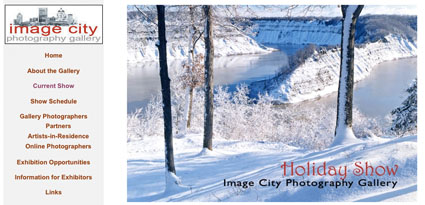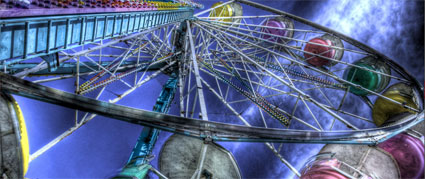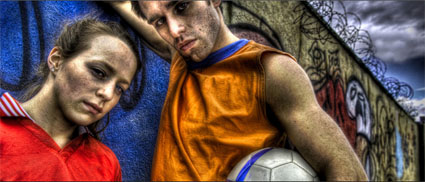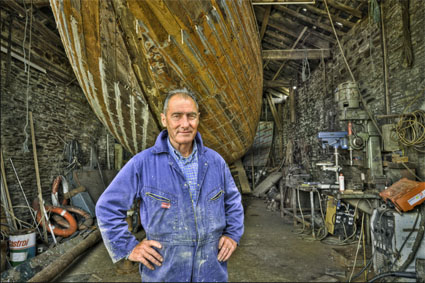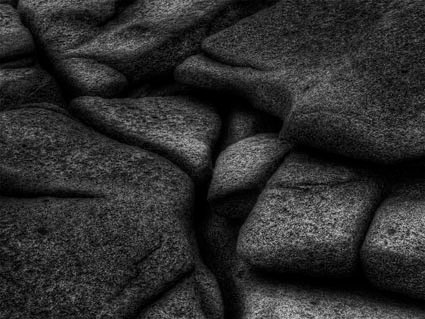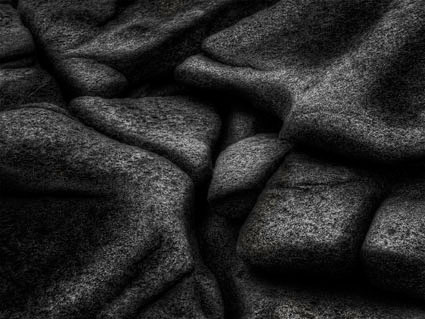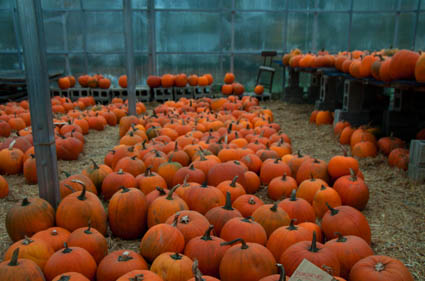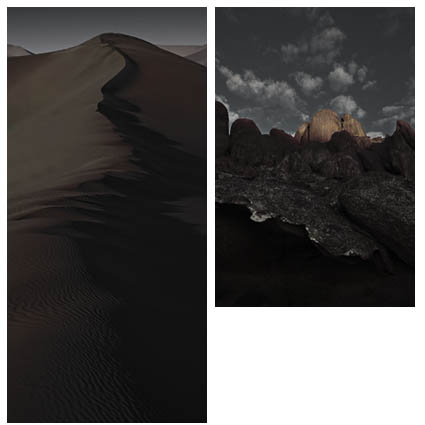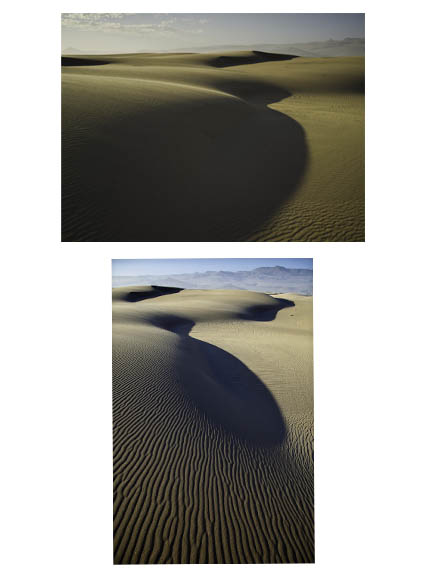
This space is for you!
If you’re an alumn of my workshops/seminars …
I want to hear your success stories!
And I want to share them with the world!
Got a new book?
Featured in a magazine?
Won a contest?
Have a new exhibit?
Landed a new assignment?
Print made it in a prestigious collection?
Experienced a great travel adventure?
Took a great workshop?
Used great tools?
Learned something valuable?
Tell us about your discoveries here!
How do you submit material?
Send me your ready to post text as an RTF file.
Include full urls for relevant links …
i.e. http://www.johnpaulcaponigro.com/workshops.
Include at least one image – 425 pixels wide, sRGB, 8 bit, JPEG setting 6-9.
Email me at johnpaulcaponigro@hotmail.com.
That’s it!
I’ll post it!
